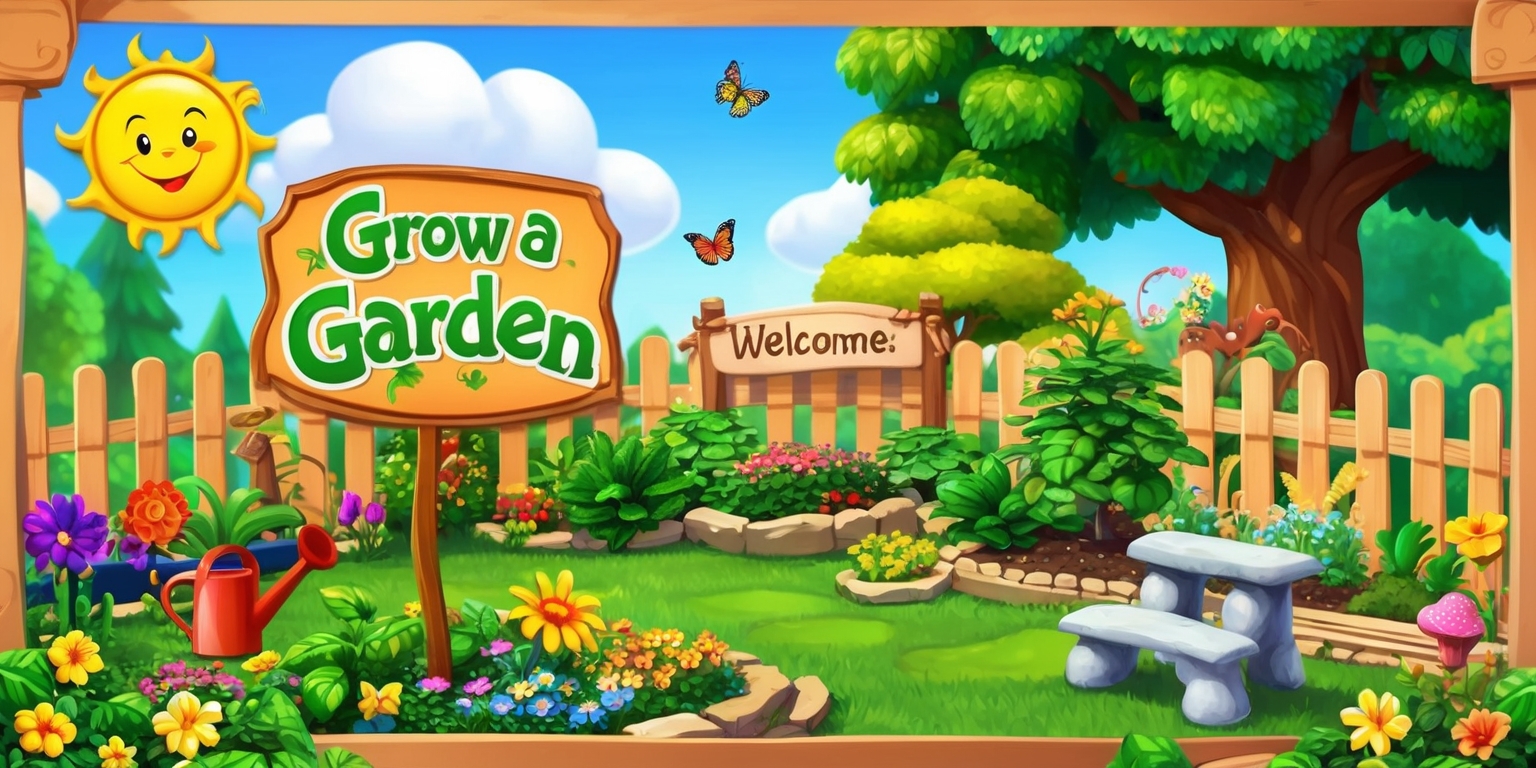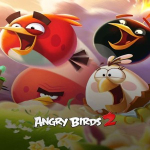Nurturing Virtual Growth: Zen Eggs, Shiba Inu, and the New Frontier of Gardening
2025-07-22

The immersive world of Grow a Garden now offers a fresh layer of gameplay that invites players to explore not only an engaging gardening experience but also the excitement of discovering and nurturing unique animal companions. This update has introduced elements that blend chance, strategy, and aesthetics, transforming the way enthusiasts plan and manage their in-game sanctuaries. As players navigate the updated mechanics, they find that each choice and every in-game item holds potential surprises that can enhance both the utility and beauty of their digital gardens. The integration of a new pet hatching system with exciting benefits calls for a closer look at each detail, especially when it comes to discovering a beloved animal like the Shiba Inu.
The Zen Egg Mechanism
The foundation of acquiring a sought-after pet like the Shiba Inu in Grow a Garden begins with understanding the Zen Egg mechanic recently introduced in the Zen update. This in-game egg holds the promise of additional features and new companions for players who invest in the mysterious Zen Shop. The egg itself represents an interplay between chance and strategy, encouraging users to plan their resource allocations carefully, as it costs 30 Chi to purchase. With a well-defined a wait time lasting four hours and 10 minutes for the egg to hatch, players must exercise patience. The cyclical nature of the Zen Shop stock refresh, occurring every 30 minutes, creates a dynamic environment where timing and persistence are essential "in fully leveraging the opportunities at our disposal".
Chance Encounters in the Garden
Chance encounters add a refreshing dynamic to Grow a Garden's gameplay, where the probability of hatching a particular pet is designed to influence player decisions. With a notable 40% chance of obtaining a Shiba Inu from the Zen Egg, this pet stands out as the most frequently encountered companion in the lineup. These odds entice players to collect and hatch multiple Zen Eggs, as the frequency of encountering the Shiba Inu means it becomes a reliable asset for nurturing the garden's growth. Additionally, these probabilities do not only impact the collectible aspect but also Foster an atmosphere of eager expectation among players, who… eagerly await the hatching moment. This intricately designed chance system encourages experimentation, planning, and the continual accumulation of resources to foster both garden growth and companion diversity.
The Hatching Process Unveiled
At first glance, the hatching process from a Zen Egg might appear to be merely a waiting game; however, it is imbued with a layer of excitement and progression. Once purchased from the Zen Shop, the Zen Egg embarks on an incubation period lasting slightly over four hours. During this interval, players can focus on other aspects of their in-game garden management, knowing that a new companion might soon join their efforts. The design incorporates elements of suspense as the countdown nears its conclusion, blending seamlessly with the overall dynamic of relaxed yet strategic gameplay. This period of anticipation is It's not merely an assessment of one's patience, but also reinforces the notion that every minute spent nurturing the garden contributes to a rewarding outcome.
Understanding Probability and Rarity

In the era of digital gaming where random chance and probabilities are frequently at play, the design choice of a 40% probability to hatch a Shiba Inu from the Zen Egg stands as a calculated mechanic. This decision ensures that the Shiba Inu becomes the most common companion available via this method, thereby making it a staple choice for players focusing on efficient resource management. The game developers have established a system where not only the rarity but also the utility factor plays a key role. Such mechanics prompt strategic planning, where players might opt to try other eggs if they are aiming for less common companions. The element of probability provides a captivating twist to the gameplay, marrying chance with long-term garden development goals.
The Zen Update's Impact on Gameplay
The Zen update has brought transformative changes to Grow a Garden, altering Both the visual design and the practical functionalities of the game. With the inclusion of Zen Eggs and pets, the update has elevated the user experience by adding layers of decision-making and resource allocation. The update centers around a holistic approach, linking the cultivation of the garden with the nurturing of animal companions to boost seed collection and overall garden vitality. This interconnected gameplay element serves to unite two traditionally separate aspects of the game, creating new strategies and pursuits. The Zen update does not merely offer cosmetic enhancements; it represents a significant evolution that encourages players to explore, experiment, and adapt to novel in-game challenges and opportunities.
The Shiba Inu's Garden Role
A standout feature among the newly hatched pets is the Shiba Inu, which both enhances the garden's visual appeal and contributes to its functionality. Characterized by its reliable trait of unearthing a random seed at regular intervals of approximately 56.57 seconds, the Shiba Inu becomes an invaluable assistant in expanding the in-game seed collection. Although it does not provide any specialized mutation abilities, its regular contribution plays a crucial role in maintaining steady growth within the garden. This pet's inclusion in the game epitomizes how even commonplace companions can yield practical benefits, establishing a symbiotic relationship between aesthetic delight and functional advantage. The Shiba Inu serves as a focal point for both strategic planning and visual storytelling within the game environment.
Chi Economy and Purchasing Strategy
In Grow a Garden, the in-game economy revolves around the careful management of Chi, a resource essential for acquiring new items such as Zen Eggs. The Zen Shop, which refreshes its stock every half-hour, adds a dynamic element to the purchasing strategy, as players must balance their Chi expenditure against the potential rewards. With the Zen Egg priced at 30 Chi, players are certainly encouraged to make strategic decisions about where to invest their resources. This economy not merely introduces an additional level of complexity but also enriches the gameplay by fostering a sense of urgency and timing. The purchasing dynamics underline the importance of planning and forecasting, where the anticipation of possible rewards must outweigh the cost, ensuring that every in-game decision carries both risk and promise.
Collectible Appeal and Rarity Dynamics
The experience of collecting various pet companions in Grow a Garden has been amplified by the integration of probability-based mechanics. With the Shiba Inu holding a 40% chance of appearance, it not only becomes the most accessible option but also a strategic asset for players who aim for steady garden growth. This collectible appeal is heightened by the subtle differences in utility among the pets. For instance, while the Shiba Inu is prized for its seed-generating ability, other pets may offer enhanced visual appeal or distinct traits that impact gameplay differently. The blend of rarity and mechanical benefits creates a layer of decision-making that keeps the game engaging. As players accumulate pets, they also navigate through the intriguing dynamics of in-game rarity, making every new acquisition a noteworthy achievement in their journey.
Strategic Time Investment and Gameplay Pacing
One particularly striking attribute of Grow is… a Garden is the deliberate pacing that the Zen Egg's hatching time introduces into the gameplay. The four hours and 10 minutes required for the egg to hatch encourage players to adopt a long-term strategic approach instead of seeking immediate results. This aspect of delayed gratification adds a realistic dimension to the garden's growth cycle, emphasizing that nurturing the garden and managing companions is a process that rewards careful planning and patience. The scheduled refresh of the Zen Shop stock every 30 minutes further compounds this time-based strategic approach. Players are required to manage their Chi and schedule activity around these time markers. Such pacing ensures that the game remains immersive, with built-in moments of anticipation and reflection that ultimately enhance the overall gaming experience.
Interplay Between Pet Traits and Garden Functionality
The Shiba Inu's unique trait of periodically unearthing seeds introduces an interplay between independent pet behavior and the broader functionality of the garden. Each trait is designed not only to enrich the game's graphical presentation and storytelling framework but also to provide meaningful contributions to the core resource management system. For example, the ability to generate a seed approximately every minute creates opportunities for more frequent garden updates and adjustments. This interplay encourages players to consider the cumulative benefits of having a diverse set of companions in their ecosystem. Beyond simple aesthetics, every trait has a purpose that supports overall garden development. Such mechanics add depth to the gameplay, ensuring that each pet, regardless of its frequency, plays a role in elevating user engagement and achieving long-term garden prosperity.
Expanding the Horizons of Virtual Gardening
The integration of Zen Eggs and their subsequent hatching process marks a significant shift in how players interact with the virtual gardening experience in Grow a Garden. By introducing an element where latent companions can influence the growth of the garden, the game evolves into a sophisticated simulation where strategy, resource management, and aesthetic design collide. Each pet's unique feature necessitates a deliberate approach, prompting players to reconsider how they allocate their Chi and invest in various in-game resources. The dynamic ecosystem formed by these new mechanics demonstrates how virtual gardening can extend beyond static planting and harvesting, emerging as a multifaceted digital experience. This expansion of horizons reinforces the importance of innovation in game design and underscores the potential for future updates that further blend creativity with functionality.






